Jadwiga Brontē spent two years documenting the internats of Belarus—institutions that house children and adults who are thought too different or disabled to take part in society. Internats “function as something between an orphanage, asylum, and hospice,” writes Brontē in the introduction to her new book Invisible People of Belarus, which she self-published last year. The book includes descriptions of terrible scenes—an anonymous NGO worker describes his first trip to an internat in 1996, where he saw children kept in a dirty holding pen; a woman recalls how her grandchild was placed in an internat with a diagnosis of cerebral palsy, despite her desire to raise him herself; another woman describes doctors’ attempts to persuade her to leave her epileptic child in an institution and focus on other children. But in the images, Brontē worked to avoid showing her subjects as victims, highlighting instead instances of self-possession and strength. She writes, “My photographs…focus on residents who are mobile, communicative, and who I could socialize with.” Among these are portraits of people like Sveta, who loved to take selfies with Brontē, or Ira, who poses with her doll. Friends stand arm in arm and a couple sit close together at a weekly party where men and women, who are usually separated, can socialize. The images tell a “story of those people as human beings; as people who suffer and struggle against injustice in their everyday lives; and as people who look after each other; build long-lasting friendships; and fall in love even in an environment that does not seem hospitable to that feeling.” Other images show the institutions themselves, recording a floral-patterned holder for dozens of toothbrushes or a cement wall in the woods that literally separates an internat from the rest of society.
Chernobyl is just across the border from Belarus, and one of the longterm effects of the 1986 nuclear disaster there has been an upsurge in genetic abnormalities in the children of those exposed to radiation. Many of these people fill the internats. While the government works to clean up the radiation and reduce its effect on the population, Brontē points out that the problem with internats is more fundamental, and reflects society’s attitude towards all kinds of difference. Writes Brontē, “There will always be subjects who do not fit with some cultures’ ideals of what constitutes a ‘normal’ body or mind. Those are subjects who we should take the most care of, and with whom we should forge a being in common, not a divided body politic separated by walls and fences.”
Related Stories:
A Vacation from Chernobyl
The Liquidators and Children of Chernobyl
Crowd-Funding Success Story: Gerd Ludwig
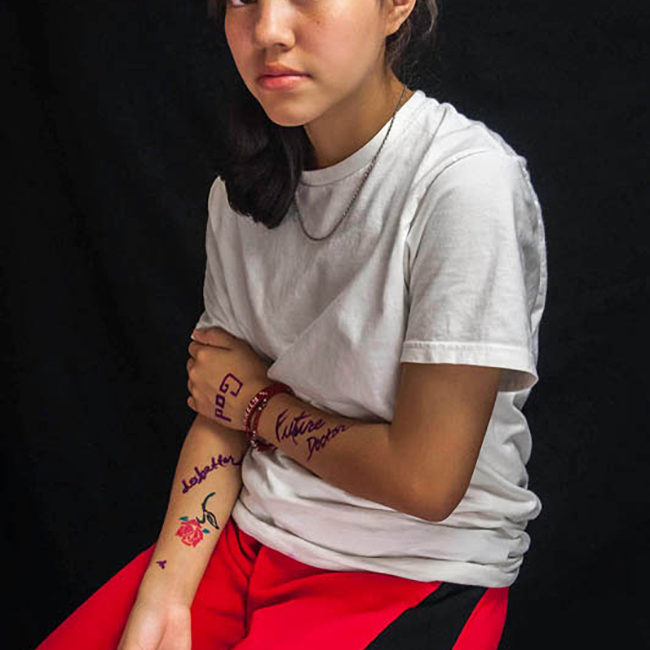
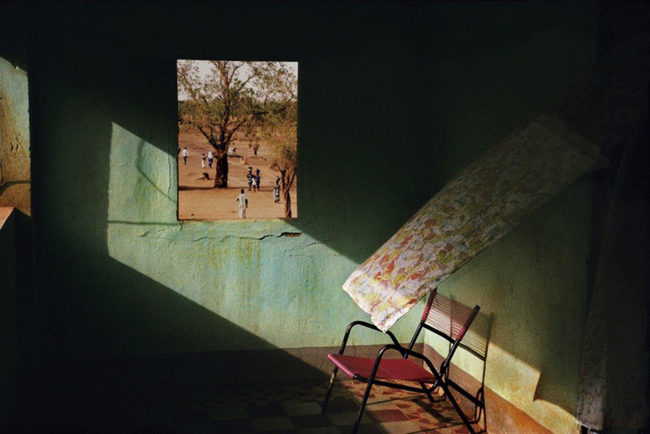



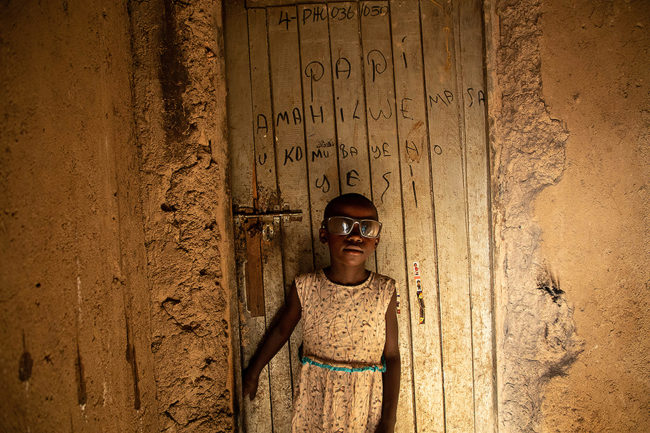



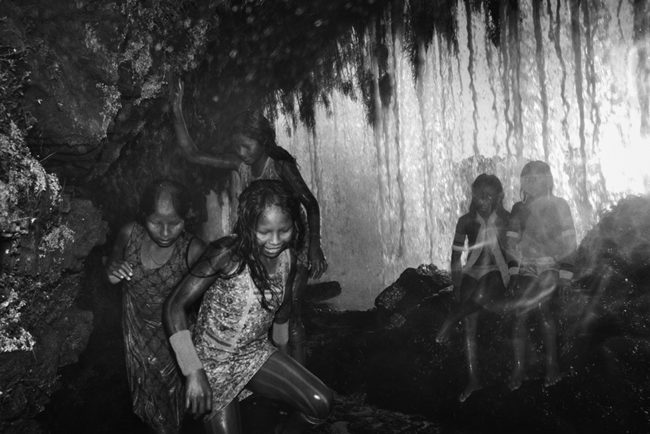
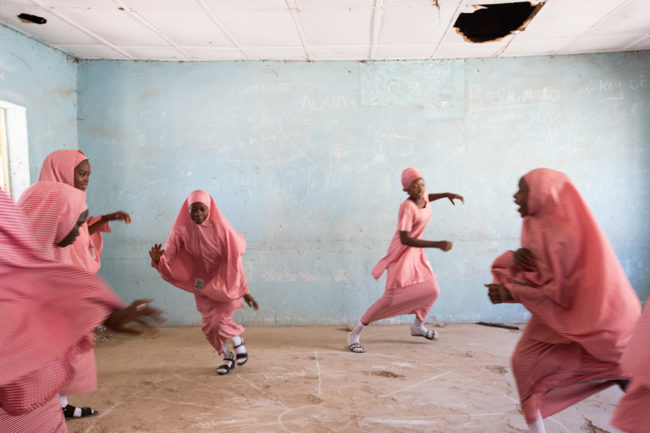
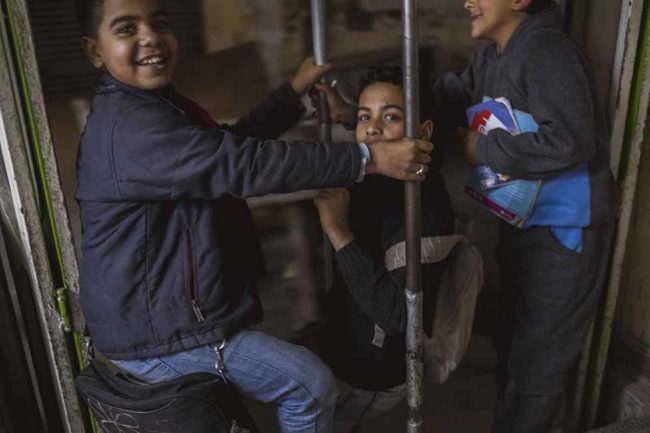
For those who are aware of the power of prayer, never forget the many who suffer such as these unfortunates in Belarus. May they be blessed by that prayer.